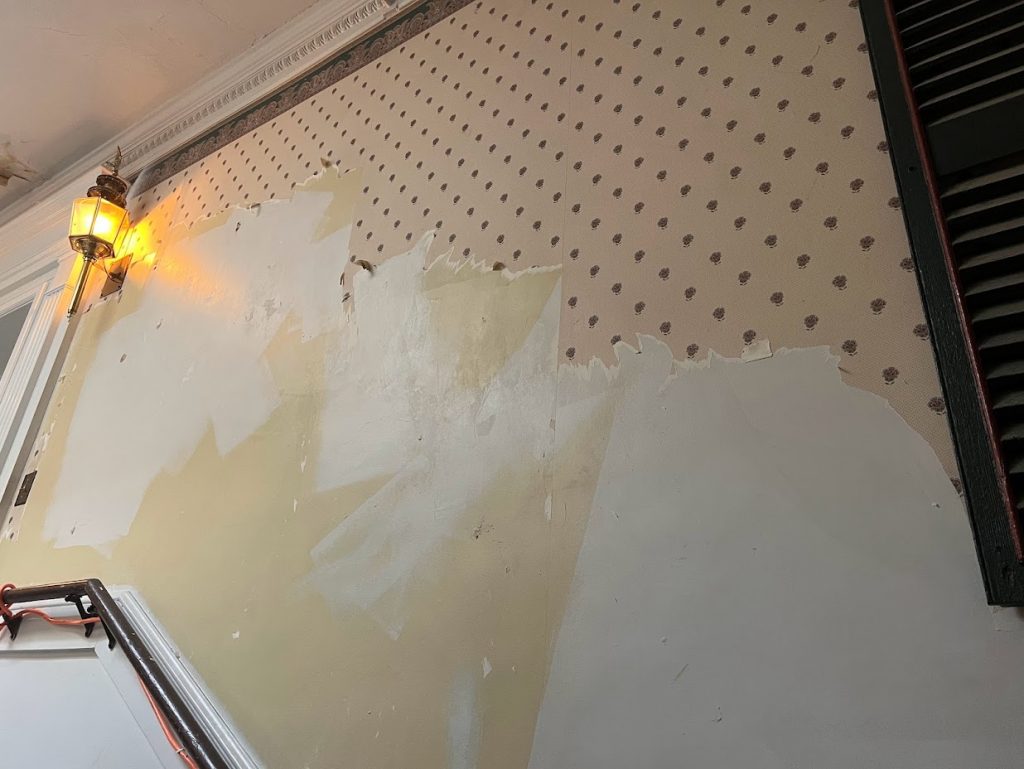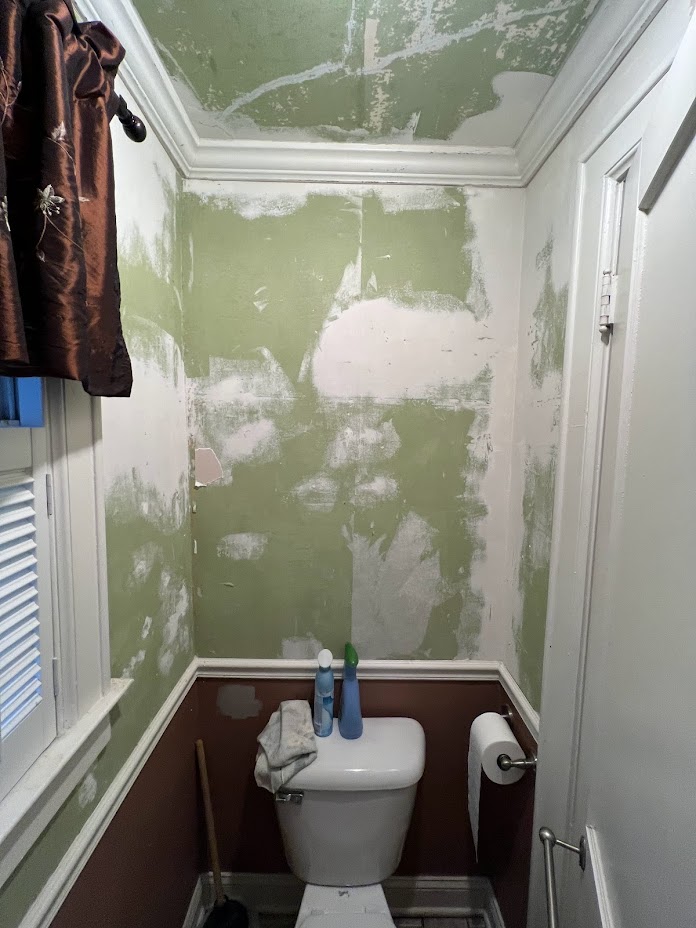
Painting over wallpaper can be a viable option under certain circumstances, but it requires careful preparation and consideration to ensure a successful result. In this guide, we’ll explore whether you should paint over wallpaper, the best practices for doing so, and the step-by-step process to achieve the best outcome.
Should You Paint Over Wallpaper?
Before deciding to paint over wallpaper, it’s essential to assess the condition of the wallpaper and the underlying surface. Painting over wallpaper can be a practical solution if the wallpaper is in good condition, firmly adhered to the wall, and free of bubbles, tears, or loose seams. Additionally, if removing the wallpaper would be labor-intensive, time-consuming, or risk damaging the wall surface, painting over it may be a preferable alternative.
However, there are several factors to consider before painting over wallpaper:
- Texture and Pattern: The texture and pattern of the wallpaper may show through the paint, especially if it has a raised texture or bold pattern. This can affect the appearance of the painted surface and may not achieve the desired result.
- Durability: Paint may not adhere well to certain types of wallpaper, particularly vinyl or glossy finishes. In such cases, the paint may peel or chip over time, leading to an unsightly and compromised finish.
- Moisture Resistance: Wallpaper is not inherently moisture-resistant, and painting over it may not provide adequate protection against moisture or water damage. This is particularly important in areas such as kitchens, bathrooms, or basements where moisture levels are higher.
Best Practices for Painting Over Wallpaper:
If you’ve decided to paint over wallpaper, following best practices is essential to ensure a successful result. Here are some tips to consider:
- Preparation: Thoroughly clean the wallpaper surface to remove any dirt, dust, or grease that may interfere with paint adhesion. Use a mild detergent and water solution, followed by rinsing with clean water and allowing the surface to dry completely.
- Repair Any Damage: Inspect the wallpaper for any tears, bubbles, or loose seams, and repair them before painting. Use wallpaper adhesive or seam repair adhesive to secure any loose areas, and smooth out bubbles or wrinkles with a wallpaper seam roller.
- Priming: Applying a primer before painting is crucial to promote adhesion and provide a stable base for the paint. Use a high-quality primer that is compatible with both the wallpaper and the type of paint you’ll be using. A primer specifically designed for use over wallpaper or glossy surfaces may be beneficial.
- Testing: Before painting the entire wall, it’s advisable to conduct a small test area to ensure compatibility and adhesion. Apply primer and paint to a discreet section of the wallpaper and observe the results after drying. This will help you assess whether painting over the wallpaper will achieve the desired outcome.
- Painting Technique: When painting over wallpaper, use a high-quality paintbrush or roller to apply the paint evenly and smoothly. Apply multiple thin coats of paint rather than one thick coat to minimize the risk of peeling or bubbling. Allow each coat to dry completely before applying the next.
- Finishing Touches: Once the paint has dried completely, inspect the surface for any imperfections or areas that may need touch-ups. Use a small brush to carefully touch up any areas where the wallpaper pattern or texture is still visible through the paint.
Step-by-Step Process:
Now let’s outline the step-by-step process for painting over wallpaper:
- Preparation: Clean the wallpaper surface thoroughly and repair any damage.
- Priming: Apply a high-quality primer designed for use over wallpaper, allowing it to dry completely.
- Testing: Conduct a small test area to ensure compatibility and adhesion.
- Painting: Apply multiple thin coats of paint evenly and smoothly, allowing each coat to dry completely before applying the next.
- Touch-Ups: Inspect the painted surface for any imperfections and touch up as needed with a small brush.
- Sealing (Optional): Consider applying a clear coat sealer over the painted surface to provide additional protection and durability, especially in high-traffic or moisture-prone areas.
Conclusion:
While painting over wallpaper can be a practical solution under certain circumstances, it requires careful preparation, consideration, and adherence to best practices to achieve a successful result. By assessing the condition of the wallpaper, following proper preparation techniques, and using high-quality materials, you can effectively paint over wallpaper and achieve a beautiful and durable finish. However, if the wallpaper is in poor condition or incompatible with painting, it may be best to remove it before painting to ensure optimal results in the long term.
I personnel do not paint over wallpaper it will end up costing more in the end, it does not look as good as the other walls. Base price for removing wallpaper is between $2-3 per sq ft Plus patching if needed, primming, and painting. FYI most wallpaper comes of in either 2 parts or 3, this is a very labor-intensive process.
Jeff



